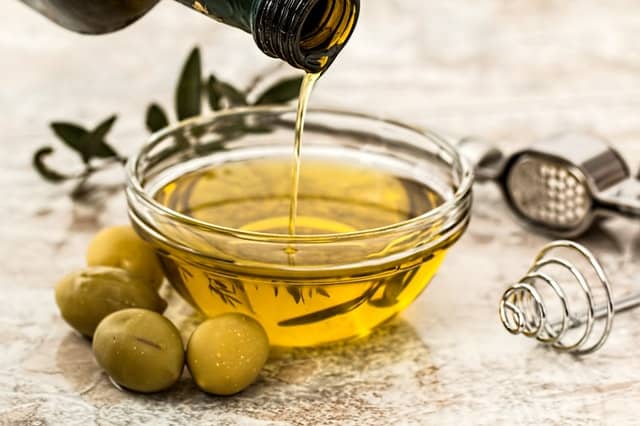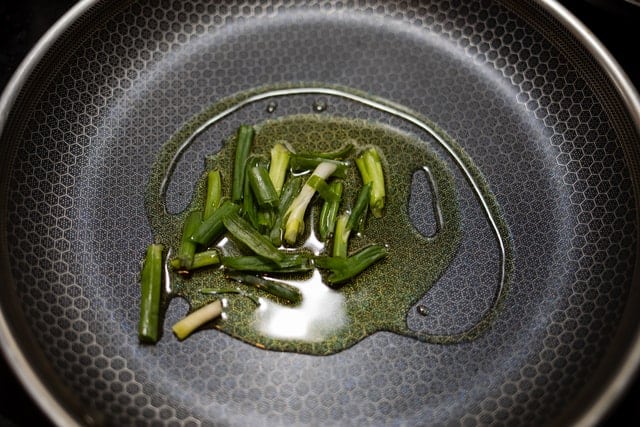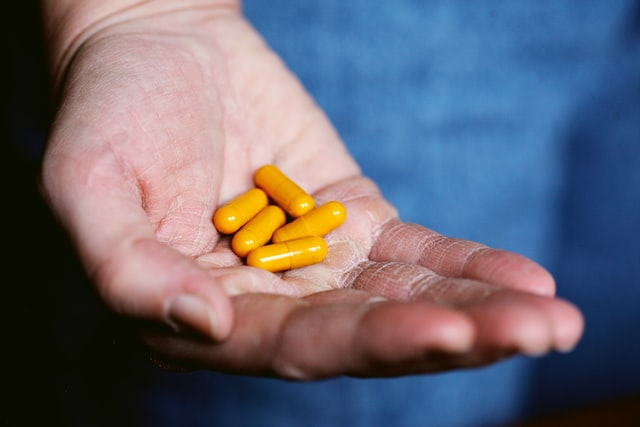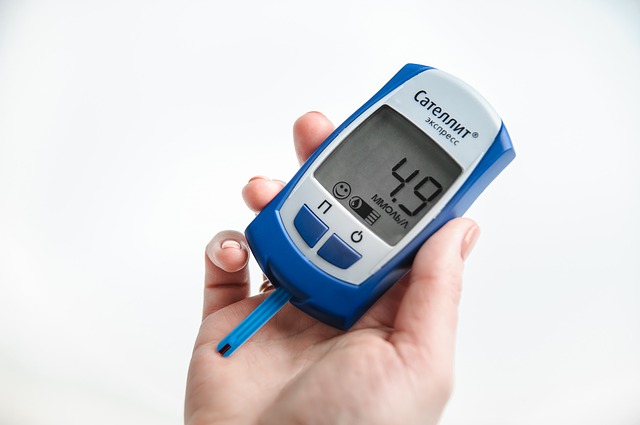
If you have diabetes, you undoubtedly spend a lot of time thinking about the sugars and carbohydrates in your diet. You should be aware of what you are eating and should be aware of the fat intake. Too much fats can put your heart at risk and make diabetes harder to control.
But not all fats are the same. While the fat in fried bacon and ice cream has earned its unhealthy reputation, other kinds of fats can actually be good for you, as long as you don't eat too many of them. If you want to lead a healthy and regulated life you need to understand that there are good and bad both types of fat in the world.
Contents
Recent results from the Finnish Diabetes Prevention Study (FDPS) and the Diabetes Prevention Program (DPP) support the hypothesis that interventions that modify diet and physical activity for weight loss may prevent or prevent the development of type 2 diabetes at high levels can postpone at-risk person.
Clearly, increasing obesity and type 2 diabetes are serious public health problems in the US and around the world. We find Behavioral Interventions attractive as they focus the physical activity and our diet for lowering the risks and costs at the same time. This calls into question which diet to recommend is a serious issue. One may ask, which of the many nutrients should be considered?
What are fats?
The foods we eat contain nutrients that provide energy and other substances to the body. There are three major groups of nutrients in term so food which are classified as: carbohydrates, proteins and fats. Fats are used as a source of fuel for the body which energizes most parts of the body. Fat there are many other important functions in the body as well, and good health requires moderate amounts in the diet.
There are many types of fats found in food including monounsaturated and polyunsaturated fats. Too much fat or too much of the wrong kind of fat can be unhealthy. We all need to follow a healthy, balanced diet that has little to no fats. Very High in Calories fats provides more than twice as many calories as protein and carbohydrates with each gram. Fatty foods and having too much of them can cause the greater intake of calories which ultimately causes weight gain that affects diabetes control and major health issues.
The type of fats is also important. Having too much saturated fat in your diet can lead to high levels of what is known as 'bad cholesterol' (low-density lipoprotein or LDL), which increases the risk of heart disease (CVD).
Your body needs fat. Fats form the membranes that surround your cells, and they are an important source of energy. But as a person with diabetes, you'll want to make sure the fat in your diet isn't harming your health. If you have a heart disease or are constantly consume fats and have diabetes as well you are up for higher risks than other people with diabetes.
The right types of fat can help lower your blood pressure, encourage a healthy heart rhythm and prevent blood clots, and may even help keep your blood sugar under control.
Types of Fats:

The main types of fat are three types. These are explained here for you convinence.
- Saturated Fats:
Fats found in meats, dairy products and some plant oils (including palm oil and coconut oil) are dangerous to your heart and your overall health. Eat too many, and they'll raise your LDL ("bad") cholesterol, the stuff that clogs arteries and heart attacks. The American Diabetes Association recommends eating no more than 15 grams of saturated fat each day, which is the equivalent of about 2 ounces of cheese.
- Unstaurated Fats:
Fats found in fish, olive oil, nuts, avocados and other foods can raise your HDL ("good") cholesterol, which helps move bad cholesterol out of the blood. They help in lowering your blood pressure and maintain the blood sugar levels. Omega 3 fatty acids, a type of unsaturated fat, appear to be particularly helpful for the brain and arteries.
Due to the mentioned cause ADA highly recommends to have fish two or three times in a week. The only downside is that these fats -- like all fats -- tend to be high in calories. Even when you're eating healthy fats, you need to watch your portion sizes to make sure you're not overstaying your calorie budget.
- Trans Fat:
The fats made by mankind which are sometimes found in store-bought items like cookies, crackers and margarine are thought to be really bad kind of fats you consume. They not only raise your bad cholesterol, but also lower your good cholesterol. You should always heck the food labels when buying something. Sources of trans fat include
- Processed foods such as snacks (crackers and chips) and baked goods (muffins, cookies and cakes) with hydrogenated oil or partially hydrogenated oil
- margarine
- Shortage
- certain fast food items, such as french fries
For help figuring out which goals are right for you when it comes to fat, talk to a registered dietitian nutritionist (RD/RDN) or your health care provider.
Should we avoid fats overall?
Fat plays a very important role in the body, so you need to include small amounts of it in your diet. Fat performs a wide range of functions in our body, including
- Supply of energy to cells
- Should provide your body with essential fatty acids only which your body is incapable of making
- Transport Fat-soluble vitamins (A, D, E and K)
- Provides a layer to protect your vital organs from damages.
- Being essential in the production of hormones.
However, fat is high in calories, so it's important to limit the amount you consume -- especially if you're trying to manage your weight. Next time you're cooking or shopping, check nutrition labels to see what types of fats are in the products you're buying.
Good Fats:
Some fats do not link heart disease risk and diabetes risk. When you eat "good" fats in place of "bad" fats, these "good" fats can help protect your body from heart disease by lowering your blood cholesterol levels. Good fats can also be high in calories and can cause to raise the level of triglyceride. You have to limit how much you eat—even if that's considered "good" fat. These are the "good" fats:
- polyunsaturated fat
- monounsaturated fat
- Omega-3 Fatty Acid
They are explained in detail for you to get the right idea of what to use and what to look for.
- Polyunsaturated fat:
There are vegetable oils that remain liquid at room temperature and those at the grocery store. The examples include corn, cottonseed, soybean, and also sunflower oils. Polyunsaturated fat is also found in mayonnaise, salad dressings and margarine of soft tub. Replace these fats with saturated, hydrogenated and trans fats to improve the ratio of good (HDL) to bad (LDL) cholesterol.
Animal products containing saturated fat include:
- Lard
- Fatback and salt pork
- Meats that are high in fats such as hot dogs, sausages, bologna, ground beef, spareribs and regular beef.
- Dairy products with high fats consumption includes cream, full cheese, ice-cream, 2%milk, sour cream, whole milk etc.
- Butter
- Cream sauces
- Gravy made with meat drippings
- Poultry skin (example: chicken, turkey etc.)
Oils containing saturated fat include:
- Palm oil and palm kernel oil
- Coconut and coconut oil
- Monosaturated fat:
Again vegetable oils which are liquid even at room temperature. Examples include olive avocado, oil (and olives), canola oil and also includes peanut oil (and peanuts). Replacing saturated fat in your diet with monounsaturated fat can help lower LDL "bad" cholesterol without lowering HDL "good" cholesterol.
Sources of monounsaturated fat include:
- Avocado
- Canola oil
- Nuts such as cashewes, almonds, pecans and peanuts.
- look for low/reduced sodium because olives and olive oils also contain them.
- Peanut butter and peanut oil
- Safflower Oil
- Omega-3 fatty acids:
Marine sources are considered heart-healthy, as they reduce the levels of triglycerides (or fats) and cholesterol in your bloodstream. They also discourage unwanted blood clotting. Good sources contain fatty fish if we are trying to be precise then salmon, halibut, mackerel, tuna, sardines, sea bass, herring, pompano and lake trout.
Sources of Omega 3s include:
- Salmon, sardines, herring, mackerel, tuna- these are called oily fish
- Walnuts
- Flaxseeds and flaxseed oil
- Canola Oil
- Chia seeds
Role of high fats in the insulin resistance:

From animal studies it appears that saturated fats, in particular, have the most harmful effects. Based on this information, along with the known risks of high saturated fat intake on the risk of heart disease, professional organizations such as the American Diabetes Association, the American Heart Association, and the US Department of Agriculture have recommended that Americans aim for a total fat.
Do not consume more than 30% of calories and choose foods low in saturated fats. However, some authors have criticized the evidence on which these public health recommendations are based, arguing that total fat as a proportion of total energy is not important in the prevention of type 2 diabetes. Any dietary factors that enhances the weight gain process also puts us at more risk of diabetes as it is the main factor of the disease.
Cholestrol and fats:
Cholesterol is a fatty, waxy substance and is important for normal body function. It is mainly made in the liver, but it can also be found in some foods. The naturally occurring cholesterol in certain foods has little effect on blood cholesterol levels. Foods that contain high amounts of dietary cholesterol, such as liver, egg yolks and shellfish, can be included in the diet, although the key is to cook them without fats or use small amounts of unsaturated fats to do.
Diabetes and low-fat:
The advice of the NHS is for people to reduce the amount of fat, and especially saturated, fat in their diet. The low fat approach is strongly recommended for people with diabetes. However, the low fat diet has been criticized to a certain extent in that low-fat diets often require relatively high amounts of carbohydrates in the diet which can lead to an overproduction of insulin and therefore an increase in appetite during the day. May cause weight gain and increase in health problems. Low fat diets lacking vitamins A and D, which help prevent the development of osteoporosis, have also been criticized by the diet.
Fatty acids and ways to cut down:
Follow these tips to help reduce your fat intake — especially when it comes to cutting down on the amount of saturating fat
- You should always consider using skimmed or sometimes semi-skimmed milk and other low-fat dairy products for your diet.
- Choose lean cuts of meat.
- Remove fat and skins from poultry.
- You should opt for replacing fatty foods such as ghee, lard ghee or coconut oil with portioned amounts of unsaturated fats or oils for example; rapeseed, sunflower or olive oil and rapeseed oil.
- You should consider choosing low-fat cooking methods for your homemade food such as grilling, and steaming or poaching, stir-frying with a portioned amount of oil.
- Limit fatty foods with takeaways. Some can contain a lot of saturated – and often trans – fats. Why not try the Fakeaway Feb challenge this February and skip the prepackaged meals for a month?
- Spray oils are fantastic for saving calories - some are as low as 1 kcal per spray.
Always read food labels - this can tell you how much fat and saturated fat is in the product. Choose foods with more green or amber traffic lights to help you make healthier choices. Strategies to achieve dietary change require further study. However, targeting a reduction in fat and less nutrient-dense sources of sugar did not increase fruit and vegetable intake.
As the relationship between diet and disease becomes better defined, the challenge of understanding the complex determinants of eating behavior and consumption patterns is gaining attention. The ability to achieve and maintain behavior change in the general population is critical to the long-term success of any disease prevention strategy involving dietary change.





